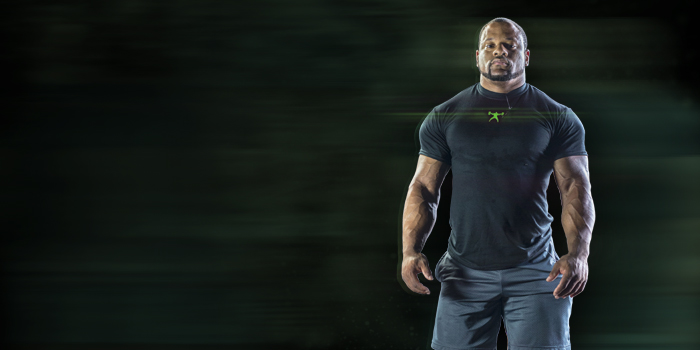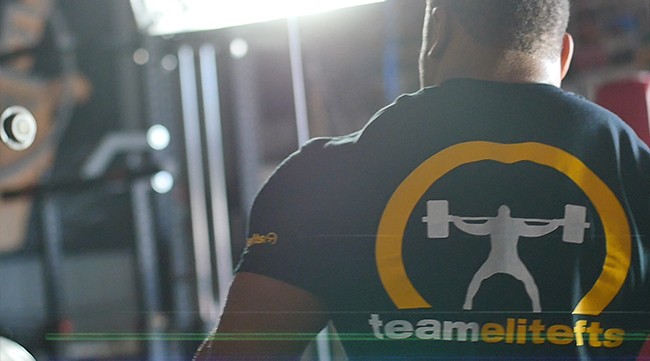
Throughout the last few articles, there has been a direct correlation between the role of the trainer/programmer/coach and the parameters and management of an athlete, in terms of training application. The inner-workings of athletic sport participation are equally important for the both the trainer to keep a respectable and realistic approach to sport expectations, as well as the athlete to keep a respectable and realistic approach to sport participation. Previously mentioned were the necessities of the evaluation processes throughout the competitive season, and how the individuals surrounding the athlete need to be of great regard and respect in order for the athlete to gain value through constructive criticism. In most instances, the athlete's support personnel is not only a trainer/programmer/coach, but also other individuals closest to the athlete, (i.e. athletic peers or friends). The responsibilities of a trainer are extremely finite and interdependent with the athlete’s ultimate success. However, what exactly are the roles of an athlete in sport participation, and how do those responsibilities correlate back to the trainer? It is of great importance for all involved in sport participation, especially athletes, to understand what is exactly being asked of them when they make the choice to compete.
You will often hear in team sports the cliché of a team taking on the identity of its coach. In most instances it is completely true. I am a firm believer that an individual is often shaped by their environmental surroundings. This an interesting phenomenon when the theory is applied to a sporting environment. Often times in athletics, the way in which an athlete conducts himself or herself while participating is too shaped by their environmental surroundings. In powerlifting this is highly fascinating. In turn, what are the powerlifter's responsibilities while in a competitive environment? After all, it is the ultimate strength sport in terms of limit strength, so the premise cannot be a that difficult. Or can it?
The sport of powerlifting consists of the squat, bench, and deadlift, with three attempts given to each strength discipline. The sum of highest numerical measurable in each discipline generates a powerlifting total. The rules of powerlifting are status quo for the most part, and I will not make note of minute differences between organizational rulebooks. The politics of denied credibility are becoming more prevalent with the creation of social media, which could be both a blessing and a curse. Athletes are often scrutinizing others for minor infractions of performance. In my opinion, I find it of no value to discredit another's performance if I myself was not involved in maintaining a standard of performance by judging the individual performance. In my opinion, judges are to judge appropriately and according to standard, and athletes are to perform feats of strength to standard.
When the trainer is sought out by an athlete or team, they need to be given ample time to allow their work to take form to facilitate the necessary changes for increased sport performance by the athlete or team. It is not the athlete’s responsibility to dictate the standards of preparation other than providing the necessary feedback needed for strength adaptations to occur. Often times, athletes will make broad assumptions as to why the trainer's methods are fallible. However, in most cases it is the athlete that is failing to meet the standards of training performance. The athlete needs to be responsible for making communication available to the trainer as needed, and as detailed as possible without undermining what is being asked of them, as well as putting themselves in the best environment for ideal training performance in accordance to the athlete’s lifestyle. When the preparation is complete and it is time for performance in the sporting event to take place, the athlete is the sole proprietor for the performance that is to come, provided the trainer has appropriately prepared the athlete for competitive success.
The basis of powerlifting is previously mentioned above. In the least controversial way to describe what is being asked of the athlete: the athlete is asked to perform no more than nine attempts, for a predetermined duration of nine minutes, barring unforeseen abnormalities to competition. The standard is universally interchangeable regardless of what sanction the athlete chooses to compete.
It must be reiterated that the athlete in most instances should not qualify their opinions on how they are being asked to adhere to a standard, other than if it is of blatant error to the rules of performance not in their favor. The best way to put the judging of performance of powerlifting is as follows: “Powerlifting is the sport comprised of maximum limit strength that is ultimately judged on the premise(s) of perceptual subjectivity.” What this means is that if the athlete is not “near textbook” in all disciplines of performance, the outcome of an attempt will be of low predictability once the attempt has commenced. It is the athlete’s responsibility to improve over time to create high predictability of performance standards. Hopefully most athletes will make note they are the direct fruits of their labor and they owe it to their trainers/programmers/coaches to take ownership of any call made for or against them, and to make necessary adjustments to preparations to decrease the risk of “low probable” attempts over time.
The role of an athlete as seen above is highly simplistic and easily achievable by all strength athletes of all abilities. If athletes adhere to the standards of performance they will, by all intents and purposes, exhibit increasing athletic success. In conclusion, athletes are solely responsible for all nine attempts over nine minutes. As long as the standards of performance are held in accordance by those in the chair, an athlete should never question the competence of those in the chair. Athletes also need to take ownership of their dedication to preparation as well. In most cases, blaming the environment surrounding them will not lead to continual athlete success.











